8/14/2021
Alchemy of anger, more bedtime drawing, asemics/pansemics & haptics, walking (Pujol), "city girl with nature brain" (Mutu), and healing sketchbooks (Gregory).
THE “POWERFUL ALCHEMY” OF ANGER
In the last issue, I mentioned feelings of mental and emotional exhaustion. It occurred to me that there’s some anger (maybe a lot?) behind that, some frustration with the course that humans have been following towards the climate crisis. Of course, dealing with emotions has been challenging during the past few years, with the Trump administration (and post-election, its disciples’ continuing machinations) and the pandemic.
A newsletter post by Austin Kleon recently led me to Sarah Smarsh’s article “What to Do With Our Covid Rage?” (New York Times). She writes about anger as a force that—if misdirected—can either hurt others, or (turned inward) can hurt oneself—and yet, it’s there. So, yeah: what do you do with it?
“Anger is a contagious energy that jumps quickly from one person to the next. It will seize your mind and body as its host. If allowed to explode, it will hurt others. If allowed to implode, it will hurt you. I had to learn early how to transmute it for the sake of my own survival. I found that it can be the source of a powerful alchemy. If we are up to the task, it could help us create something good together.” – Sarah Smarsh
And one can of course take that energy and channel it into good works and actively implement or “agitate” for change.
Speaking of which, it’s been a few years since I’ve participated in anything like an academic conference. But I will be part of a presentation on the legacy of Filipinos in the Salinas Valley, as part of the Salinas Valley Ethnic Studies Conference in September (Hartnell College). It’s something I can do, considering the recent challenges to ethnic studies programs in California.
ART
Asemic/Pansemic Writing & Art
As mentioned in the 8/7/2021 newsletter, I continue with my bedtime drawing (often to music) as a way to unplug from social media, and to just STOP. THE. SCROLLING. In this process, I find that I look forward to the moment when I just put everything down, get into bed, with my paper and my pens on the bedside table, and do a small, improvisatory drawing. The last thing I do at night, in other words, is to pay attention, to be quiet, but also to listen, look, and feel – with relaxed attention.
Lately I’ve noticed that, especially during these late-night drawing sessions, a more gestural and emotive quality emerges in my drawing, which looks familiar, and which I relate to writing and to a style of drawing I did a few years back, called “haptics.” The following is excerpted (with some edits) from a 2018 blog post I wrote focusing on asemics and haptics:
Back in the late 1980s I was doing some small asemic explorations on paper. I hadn’t heard of asemics at that time. The image below was titled much later. It includes lines that suggest a frame containing an abstract mark of some sort. Beneath it is a caption that contains writing, but no content:
At that time, I was experimenting with gestural writing as art, influenced partly by Japanese calligraphy (and I had also been a calligrapher) and artist Mark Tobey’s meditative “white writing.” I hadn’t heard of any term to describe it. In 1997, “asemic” was coined by Jim Leftwich and Tim Gaze (I love their last names, btw) to describe open-form writing that presumably has no semantic content. Later, the idea of it having no semantic content seems to have been revised; all acts of “writing,” no matter how “contentless,” seem to have at least some potential meaning. Sometimes the word pansemic is now used.
A few years ago, I started making “haptic” art, which looks similar to asemics, but is more open in form and responsive or empathic to the environment and to its subjects. On the other hand, there’s a slightly more discrete sensibility about asemics; like haptics, it’s gestural, maybe also empathic; but it gestures specifically toward the act of writing and language.
I’ve started doing asemics again, and have added some to my new work for 2018. Here are a couple new pieces:
I’m looking forward to exploring asemics again, as well as the connections between asemics and haptics and their relation to writing and visual art.
So—although it hasn’t been intentional in these recent doodles and sketches, I’ve continued to incorporate asemics into my “bedtime drawing,” and it’s like an old friend. I’m after all an artist who writes, and a writer who draws.
FIVE:
1) I’m currently reading Ernesto Pujol’s book, Walking Art Practice: Reflections on Social Engaged Paths. I’m not even halfway through, but already I love this book. Pujol’s background includes his experience as a cloistered [Christian] monk, a performance artist and “social choreographer,” and an interest in Zen Buddhism and contemplative practices in general. A Wikipedia post on Pujol notes that “Since 2000, Pujol has been exploring interiority in public and private spaces. He strives to reclaim public space from distractions through durational group performances in order to create space for silent reflection as critical to democracy.” Here’s a published interview with Ernesto Pujol (Common Edge).
And here’s a “Visual Artist Talk with Ernesto Pujol, June 2021”:
2) On the run from COVID-19, an Indigenous family treks deep into the Amazon rainforest | Aeon Videos: “The Return.”
3) Wangechi Mutu, Kenyan artist working with nature: Wangechi Mutu: between the earth and the sky.
4) In recent posts I discussed exploring the space of “quiet” and “smallness” (as in smaller size works), but want to emphasize that I see this as a contemplative strategy, creating an introspective space, when needed, for taking time to understand what’s going on—and for resisting the distractive, and extractive, forces of our times.
I’m checking out artists who purposely work small, or create lengthy series of small works, or for whom use of a sketchbook is a crucial part of their practice. In Sketchbook Skool, Danny Gregory writes about “The Sketch Book that Healed Me”:
That’s it for now.
More next week…
My website is JeanVengua.com

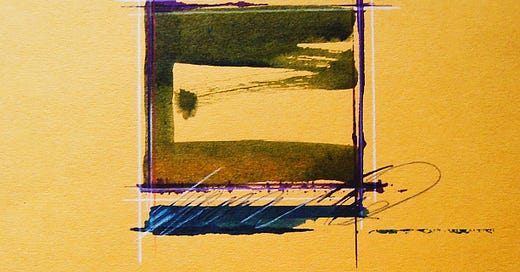



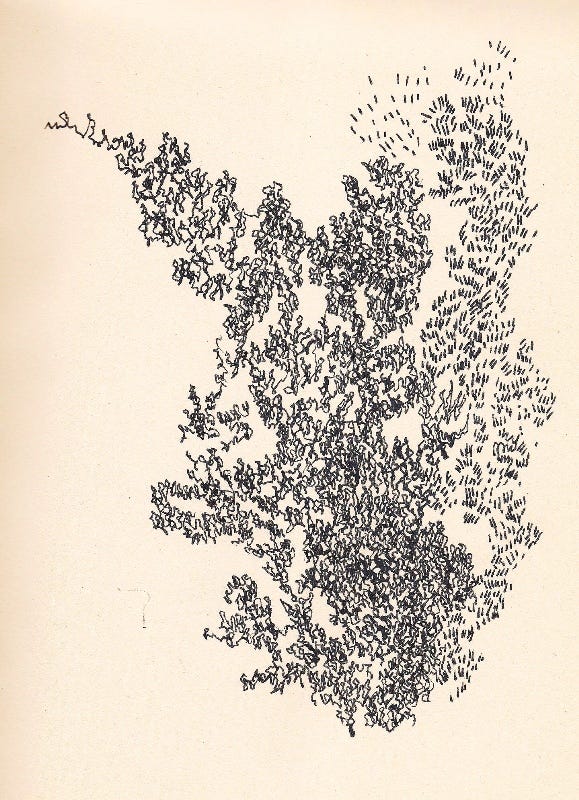
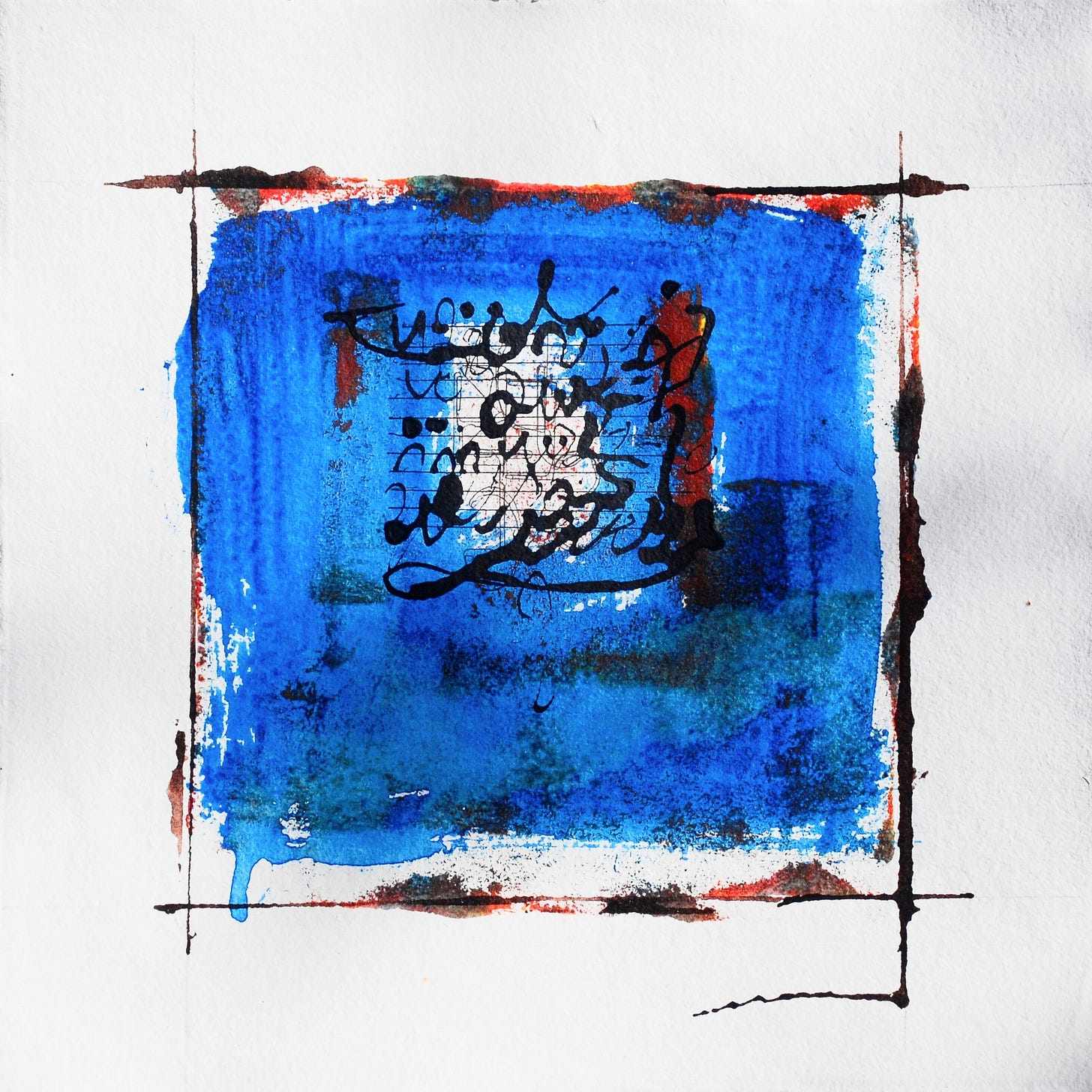
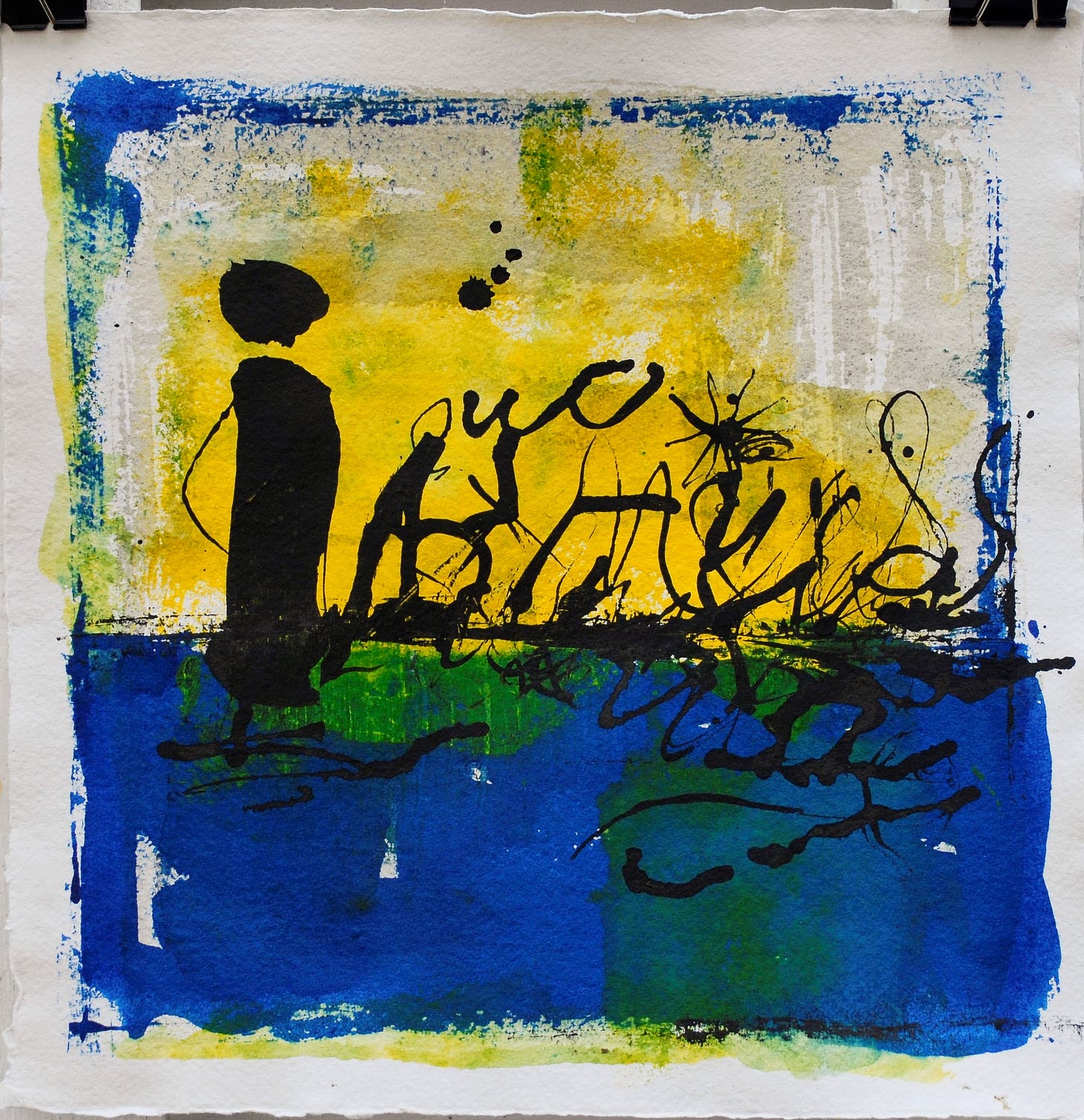
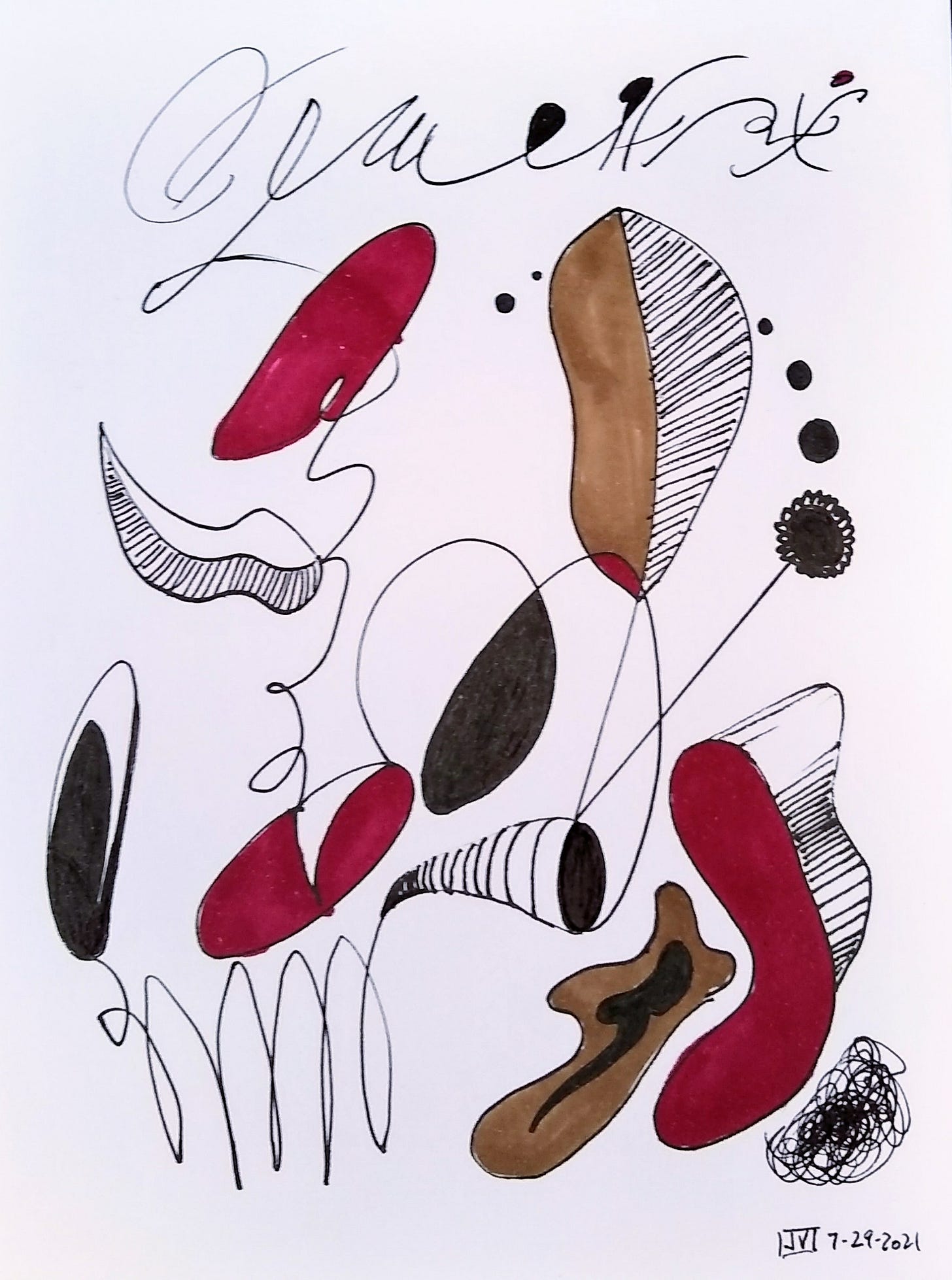
Dearest manangko Jean, I just wrote a small piece for One Typed Page (still doing this daily after all these months) that mentions the topic of exhaustion. After starting the practice of Qicong, I have become alarmingly aware of my need of more sleep and rest. I don't think it is the Qicong, I think the Qicong is making me aware that I need to reform my sense of what sleep should be in my life. In the same piece I also wrote about (a woman) taking vengence by throwing a (man's) guitar out the window. A response to a writer that discussed having a typewriter thrown at him! All literary expressions (fantasies) of anger. When I posted it, I read your Eulipion Outpost today -- literally this happened at the same time. It will be posted in the morning 8/15/2021 by 7:00. am. I have not heard about asemic writing or art. But now that interests me because I am getting to re-aquaint myself with the care, feeding, and use of my fountain pens. I like a calligraphic "stub nib" for cursive writing. Much love to you. Ay ayatenka. Catalina